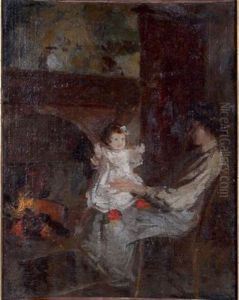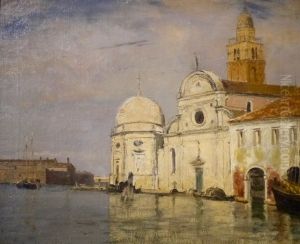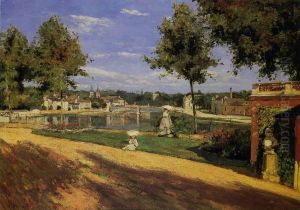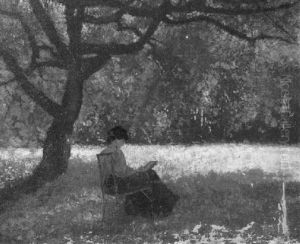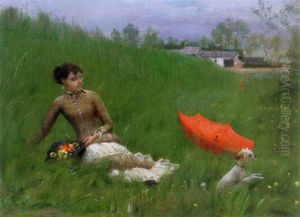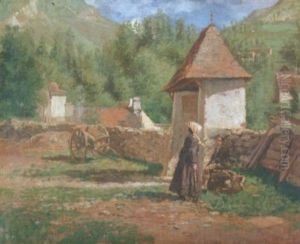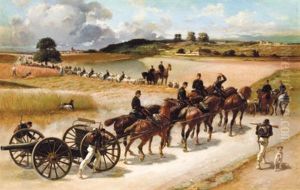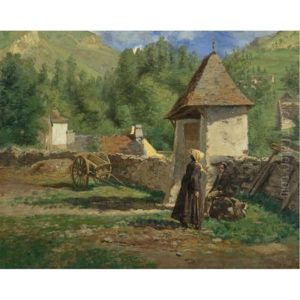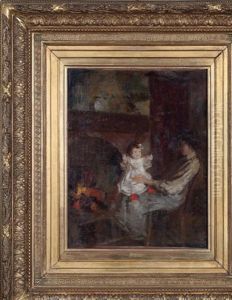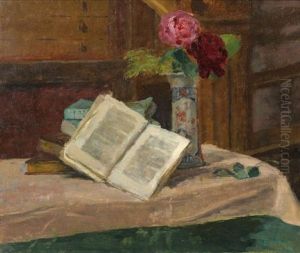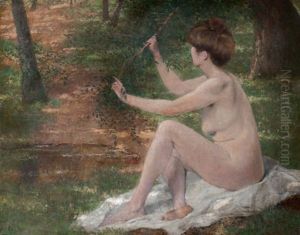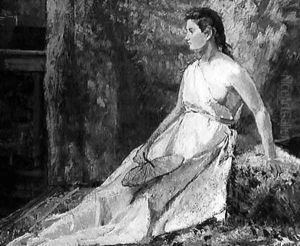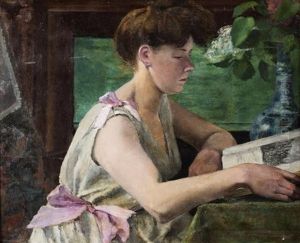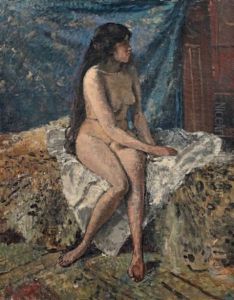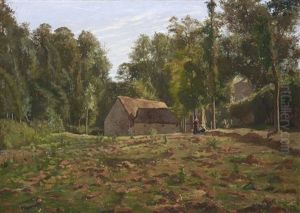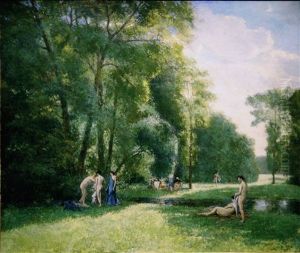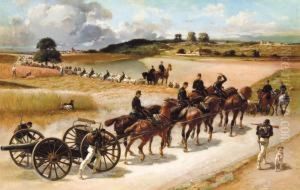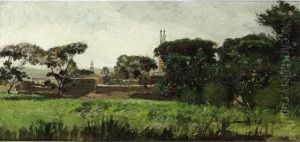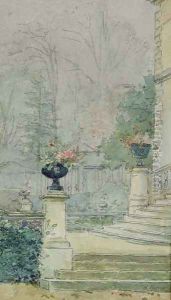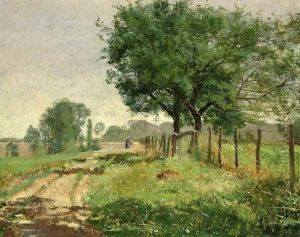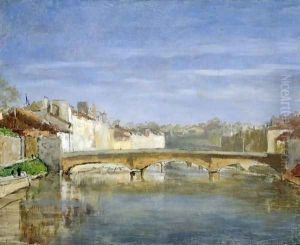Henri Rouart Paintings
Henri Rouart was a notable French engineer, industrialist, collector, and painter, whose contributions to the arts were multifaceted. Born on October 16, 1833, in Paris, France, he was deeply involved in the cultural life of his time and was a close friend to many prominent artists of the Impressionist movement.
Rouart initially trained as an engineer and excelled in this field, becoming a successful businessman in the railway and armament industries. Despite his industrial career, he was deeply passionate about art and cultivated his interests alongside his professional endeavors. He was an avid art collector, amassing a significant collection that included works by Delacroix, Ingres, Degas, and several other contemporary artists.
Moreover, Rouart himself was an accomplished artist. He studied painting under the guidance of the famous artist Ernest Meissonier and later, under Eugène Carrière. His style was influenced by the Impressionists, and he exhibited alongside them, though he never became as famous as his contemporaries like Edgar Degas, who was a close friend and painted several portraits of Rouart and his family. Rouart's own works often depicted domestic scenes, landscapes, and still lifes, characterized by a sense of tranquility and a delicate handling of light and color.
His contributions to the arts extended beyond his own practice; he was instrumental in organizing the first independent Impressionist exhibition in 1874. Rouart was also a benefactor to other artists, providing financial support to some and purchasing their works, thereby helping to sustain the Impressionist movement during its formative years.
Henri Rouart's legacy is not only in his paintings but also in his role as a patron and collector. His collection was eventually dispersed after his death on December 16, 1912, with many pieces entering public museums, thus enriching France's cultural heritage. While Rouart's name may not be as widely recognized as some of his famous friends, his impact on the art world of the late 19th and early 20th centuries remains significant.
